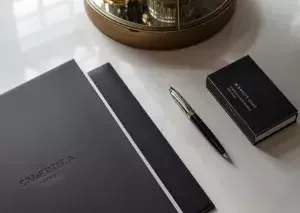
Your brand story probably bores people.
I know this because 90% of the "brand stories" I see read like corporate mad libs. Same template. Same buzzwords. Same forgettable result.
Truth bomb: Most companies think they have a story when they reallyy just have a list of features dressed up with fancy words.
The Real Problem With Brand Stories
Last month, I reviewed countless brand stories from startups, agencies, and professional service firms. Only three made me want to keep reading past the first paragraph.
The others? Pure generic crap.
They all followed the same tired formula:
"We saw a problem in the market"
"We had a better way"
"Now we're changing everything"
Boring.
Your competition's telling the exact same story. Word for word.
Stop Gathering Stories. Start Finding the One That Matters.
Most agencies will tell you to "gather all your stories" first. Wrong approach.
You don't need 20 stories. You need the ONE story that explains why you exist and why anyone should care.
Step 1: Hunt for the Moment Everything Changed
Forget your mission statement. Forget your values poster.
What's the exact moment when continuing the old way became impossible?
For us, it was watching a $2M startup use dollar-store notebooks for their investor meetings. Brilliant product. Terrible first impression. That disconnect haunted me.
That moment revealed our real story: Premium brands deserve premium touchpoints. Period.
Step 2: Find Your Villain (It's Not Your Competition)
Every great story needs conflict. But your villain isn't the competitor down the street.
Your villain's the status quo your clients accept but secretly hate.
Generic merch that makes you look amateur
Bland corporate gifts that say nothing about your expertise
Cheap swag that contradict your premium positioning
Name the villain. Make it specific. Make people nod and say "Yeh, exactly."
Step 3: Prove It With One Perfect Example
Don't tell me your approach works. Show me.
Last year, a boutique marketing firm came to us panicking. Their biggest client presentation was in two weeks. They needed something memorable for the closing gift.
We created custom bluetooth speakers with each attendee's name and a personalized message from our client's founder. Cost: $63 per piece.
Result: They won a $340K annual retainer.
The decision-maker later said: "The attention to detail in that gift told me everything about how you'd handle our account."
That's your proof.
Why This Actually Works (Unlike Most Brand Story Advice)
It's specific. No vague "passion for excellence" garbage. Concrete moments. Real numbers. Actual names.
It's provable. Every claim has evidence. Every promise has a past success to back it up.
It's defensible. Your competition can copy your services. They can't copy your specific story of why those services matter.
The Test That Kills Bad Stories
Before you commit to any brand story, run this test:
Could your biggest competitor tell the exact same story by changing only the company name?
If yes, you don't have a story. You have corporate filler.
If no, you might have something worth telling.
What Happens When You Get This Right
A proper brand story doesn't just sound good in marketing materials. It changes how you operate.
It becomes your filter for every decision:
Which clients to pursue
Which projects to decline
Which merch solutions to go with
When a prospect says "We just need some basic branded items for an event," our story helps us respond: "We don't do basic. Here's why that's actually hurting your brand..."
Half of them walk away. Good. They weren't our clients anyway.
The other half lean in and ask to hear more.
Your Next Move
Stop trying to craft the perfect brand story in a conference room.
Start looking for the moment when you realized the old way wasn't working.
That moment is your story. Everything else is just decoration.
You can edit text on your website by double clicking on a text box on your website. Alternatively, when you select a text box a settings menu will appear. your website by double clicking on a text box on your website. Alternatively, when you select a text box.

